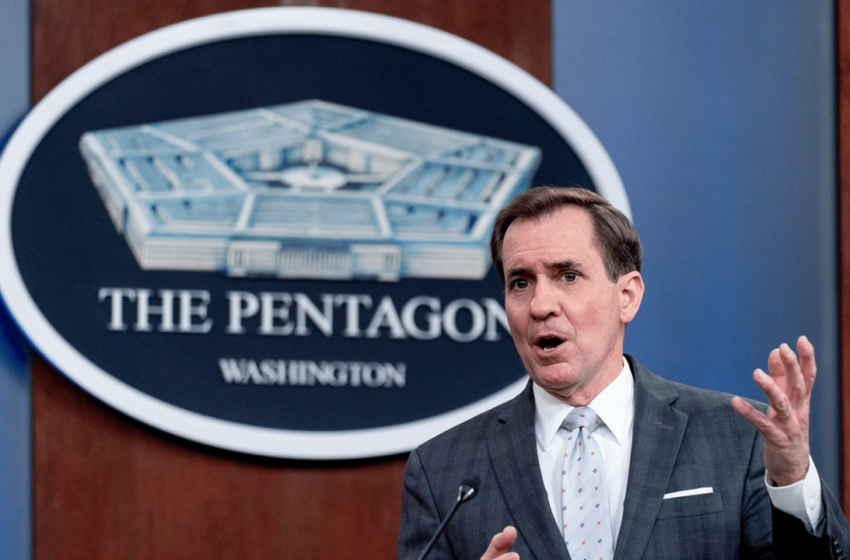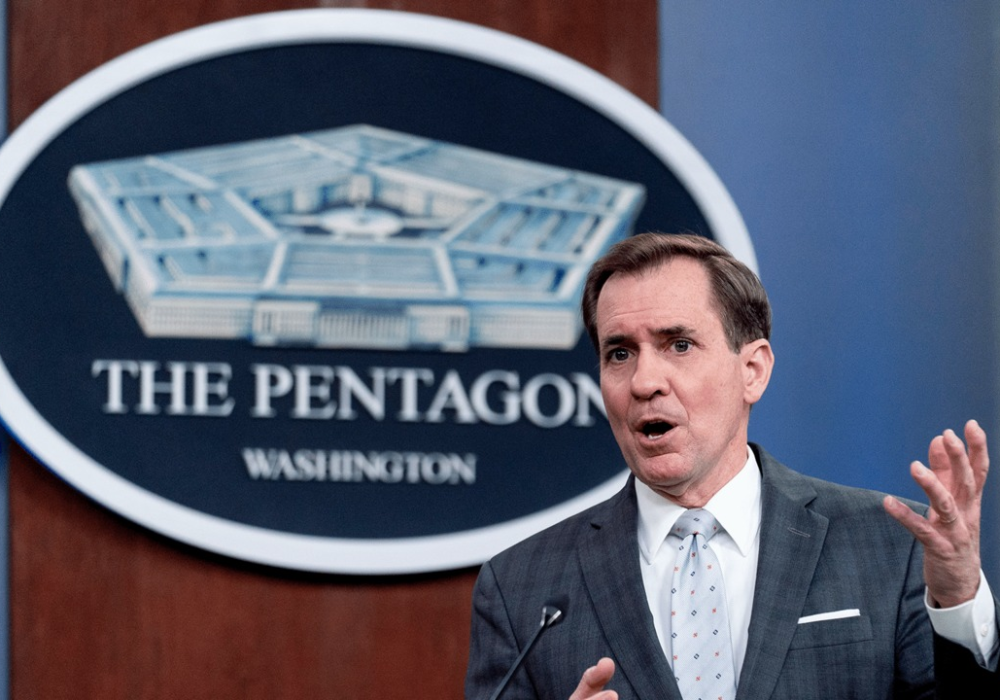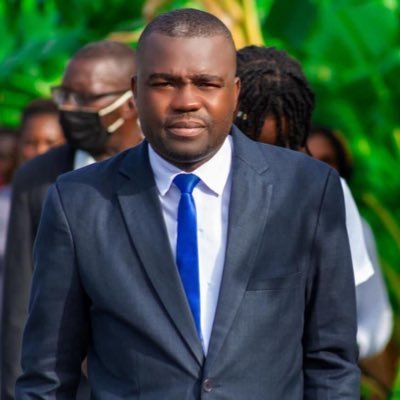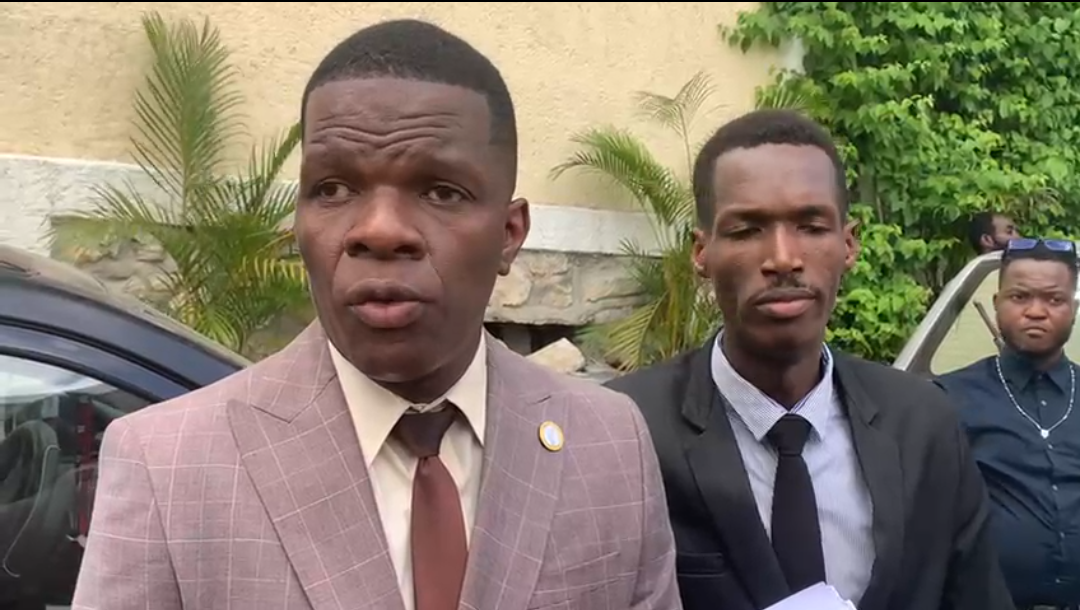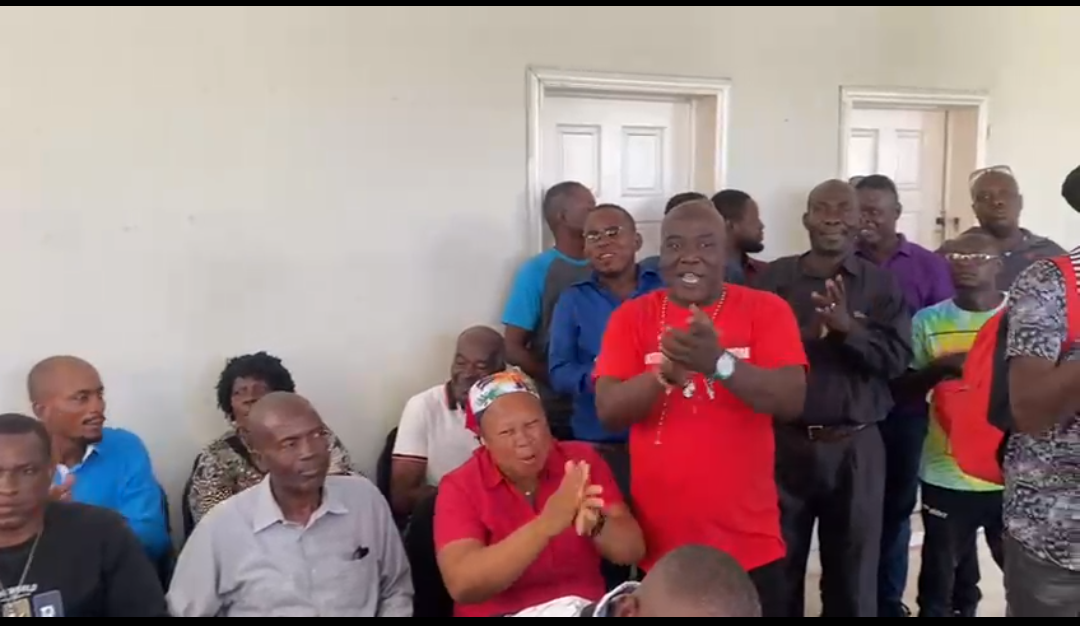The majority of soldiers, around 1,700, will be sent to Poland in a deployment that Polish Minister of National Defense Mariusz Błaszczak said Wednesday is “a strong message of solidarity in response to the situation in Ukraine.”
The influx will come on top of the 900 U.S. troops already in Romania and the 4,000 forces in Poland.
Kirby also said U.S. officials “welcome” French President Emmanuel Macron’s announcement that France plans to send several hundred troops to Romania. The U.S. will continue to coordinate with European allies to ensure their militaries “complement each other” in deployments, Kirby added.
The moves might not be the last. Defense Secretary Lloyd Austin last week ordered 8,500 troops based in the U.S. to be on alert for rapid deployment to augment the 40,000-strong NATO Response Force, which has not yet been activated.
The units ordered to leave on Wednesday are not part of that 8,500, and more movements of U.S. troops within Europe and from the U.S. are possible in the coming weeks, Kirby said.
Romania has long played a key role in NATO’s Black Sea presence, hosting an Aegis Ashore missile defense system meant to shoot down Iranian ballistic missiles fired at Europe. A second Aegis Ashore, armed with defensive SM-3 missiles, is under construction in Poland and is expected to become operational this year.
Moscow has long bristled at the radar and missile sites, claiming that they could quickly be converted to fire offensive missiles into Russia, charges the U.S. and NATO have flatly denied.
Kirby confirmed that documents purported to be the U.S. and NATO response to Russian demands leaked to the El Pais newspaper on Wednesday were legitimate, saying they confirm that Washington and Brussels are marching in lockstep in their response to Russia. “If Russia actually wants to negotiate a solution as it claims it does, this document certainly makes clear that there is a path forward to do so.”
The documents say that Washington would be willing to discuss with Russia “a transparency mechanism to confirm the absences of Tomahawk cruise missiles at Aegis Ashore sites in Romania and Poland.”
Asked about negotiating with Russia over the missile defense sites, Kirby said Wednesday the U.S. is “willing, with an eye towards reciprocity, to consider addressing mutual security concerns on the European continent.”
The new deployments and potential talks over the missile defense sites come amid a flurry of diplomatic activity across Europe, with heads of state and defense ministers flooding Kyiv for talks with the Ukrainian government.
Mark Rutte, the Netherlands prime minister, visited Wednesday, following British Prime Minister Boris Johnson’s visit Tuesday alongside Polish Prime Minister Mateusz Morawiecki. The three discussed a three-way agreement to assist with Ukraine’s defense and economic reforms.
Poland also confirmed it would send hundreds of shoulder-fired anti-aircraft weapons to Ukraine in the coming weeks. The shipments will follow the hundreds of anti-armor Javelin missiles sent by the U.S. and Estonia, and anti-air Stinger missiles sent by Lithuania and Latvia.
The new U.S. troop movements send “unmistakable signals to the world” that Washington stands with its NATO allies and against aggression by Russia, Kirby said. And although U.S. officials are still uncertain whether Russian President Vladimir Putin plans to mount an invasion, Kirby added, Moscow “clearly has that capability.”
Roughly 4,000 American troops are deployed to Poland, as well as about 100 U.S. forces in Lithuania, and 60 in Latvia and Estonia on scheduled, rotational deployments.
U.S. officials have repeatedly warned that a Russian invasion of Ukraine is imminent, while Ukrainian officials have urged calm. Ukrainian President Volodymyr Zelenskyy has criticized Western descriptions of the threat as undermining Ukrainians’ faith in their government and stoking economic panic across the nation.
Despite those complaints, U.S. officials have reiterated their dire assessments of the security situation in recent days. “I think you’d have to go back quite a while into the Cold War days to see something of this magnitude,” Gen. Mark Milley, chair of the Joint Chiefs of Staff, told reporters last Friday, calling the consequences of a possible conflict “horrific” and “terrible.”
On Capitol Hill, Democrats and Republicans have called on Biden to move swiftly to aid Ukraine and bolster NATO’s eastern flank. Lawmakers are pushing for legislation to exact a high price on Moscow through sanctions and by furnishing Kyiv with more defensive weapons.
Leaders of the Senate Foreign Relations Committee are still wrangling over sanctions and military financing legislation that can win enough bipartisan support to pass.
Some top Republicans on Wednesday backed Biden’s decision to send more troops to Eastern Europe.
Sen. Lindsey Graham of South Carolina, a defense hawk, said sending more troops “is the right signal.” He predicted that more troops “may be warranted” in the future.
“I completely support the Biden Administration’s decision to send more U.S. troops to bolster NATO allies in the face of Russian aggression,” Graham wrote on Twitter. “It is imperative that NATO meet the moment and that we stand firmly against Putin’s efforts to divide the alliance.”
Senate Minority Leader Mitch McConnell also backed the move, though he dinged Biden for not sending more troops sooner.
“Yesterday, I was glad to hear that U.S. forces are finally moving to reinforce our Eastern Flank allies,” McConnell said on the Senate floor. “I urged President Biden to take this step nearly two months ago. I hope this belated action will lead other NATO allies to follow suit.”
Despite broad support from the GOP for a more muscular response to Moscow, some GOP lawmakers are wary of the move. Republican Sen. Mike Braunof Indiana criticized Biden’s decision and blamed the administration for helping kill legislation in the Senate to sanction Russia’s Nord Stream 2 gas pipeline to Germany, sanctions that he argued “would have deterred Putin.”
“I am strongly opposed to President Biden’s decision to send American troops to Eastern Europe to defend countries that should defend themselves, potentially involving us in another conflict after just ending a 20 year war,” Braun said in a statement.
Sen. Josh Hawley of Missouri, meanwhile, is pushing the administration to reverse course on U.S. support for Ukraine’s prospective membership in NATO.
Hawley argued “it is not clear” that Kyiv’s membership in the alliance would be in the U.S. interest in a letter to Secretary of State Antony Blinken seeking clarification on the issue from the administration. Though Hawley said the U.S. should provide military assistance, he argued that a binding military commitment to Ukraine would distract from competition with China.
“This means the United States can no longer carry the heavy burden it once did in other regions of the world — including Europe,” Hawley wrote. “To the contrary, we must do less in those secondary theaters in order to prioritize denying China’s hegemonic ambitions in the Indo-Pacific.”
Russia has insisted that NATO rule out expanding its membership to include Ukraine, but the U.S. and NATO have rejected the demand.
Lili Bayer contributed to this report.

